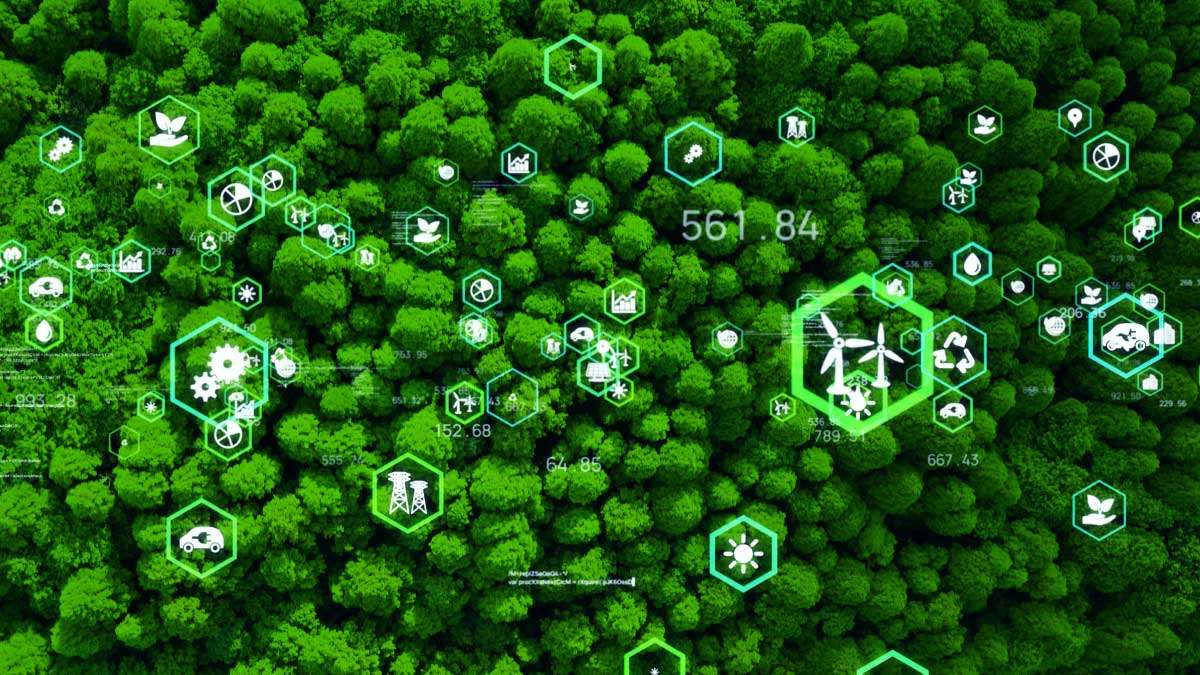
Germany’s Energiewende: Towards a Climate-Neutral Future
Germany’s Energiewende, or energy change, is a major step toward a low-carbon, nuclear-free economy. By the middle of the century, the country wants to have an almost climate-neutral society. This change isn’t just about getting rid of nuclear power and increasing green energy in the power sector; it’s a big one that will have an impact on many parts of German culture and beyond. The Energiewende has its roots in a history of environmental activity and understanding. It grew out of grassroots movements against nuclear power and for environmental protection, which were boosted by the Fridays for Future movements’ call for global action on climate change.
Fukushima Accelerates Phase-Out
The 2011 nuclear accident in Fukushima sparked a movement that made people in Germany want to get rid of nuclear power more quickly. In response, the German government chose to speed up the closing of nuclear plants by 2022, which is more in line with the original plans set up around the turn of the century. In addition, Germany’s goal to be climate neutral by 2050 was made official by the Federal Climate Change Act of 2019, which set yearly aims for reducing greenhouse gas emissions by sector. After a decision by Germany’s highest court of law in 2021, these goals were made even stricter. The climate independence goal was pushed up to 2045.
Energiewende: Challenges and Leadership
Several factors, such as significant developments in green energy technology and comprehensive legal frameworks, are helping to make this ambitious transformation possible. The way Germany is handling the Energiewende can teach the rest of the world a lot about how to make energy systems more sustainable. Even though there are problems, like the fact that the grid needs to be improved to handle local renewable sources, and there are arguments about how it will affect the economy, the Energiewende shows that Germany is determined to lead a big, important energy shift.
The Current State of Renewable Energy in Germany
The green energy industry in Germany grew very quickly in 2023, which was a big change in how the country produced and used energy. For the first time, most of the country’s energy came from renewable sources. Renewables made up a record 59.7 percent of the net public electricity production. 57.1 percent of the energy that people got came from green sources. 139.8 terawatt hours (TWh), or 32% of the public net energy production, were made by wind power, making it the most important source of electricity. When compared to the previous year, this was 14.1% more. A huge increase was also seen in photovoltaic (PV) systems, which produced about 59.9 TWh of electricity, 53.5 TWh of which was sent to the public grid.
According to preliminary data from the Bundesnetzagentur, the amount of green energy that can be used will rise by 17 gigawatts (GW), bringing the total to almost 170 GW. Solar and wind energy were the main sources of this growth. Solar power growth almost doubled from the previous year. Germany had 81.7 GW of total solar power at the end of 2023. To reach the 2030 goal of 215 GW, 19 GW will need to be added every year in the future.
Also, in 2023, renewable energy made up 22.0% of Germany’s total final energy usage. This was mostly due to the power sector, where renewables made up 51.8% of all electricity used. This increase from only 6.3% in 2000 shows that the switch in the power sector to green energy has been a success. In 2023, renewables made up 18.8 percent of the heating and cooling sector as well. Biomass was still the major source of green heat. Even though the transportation sector was slower to accept renewables, it increased its share to 7.3% in 2023, mostly thanks to biodiesel, bioethanol, and more green energy.
Such developments show how steadily Germany is moving toward a future based on green energy and sustainability, setting an example for attempts to change the world’s energy system.
